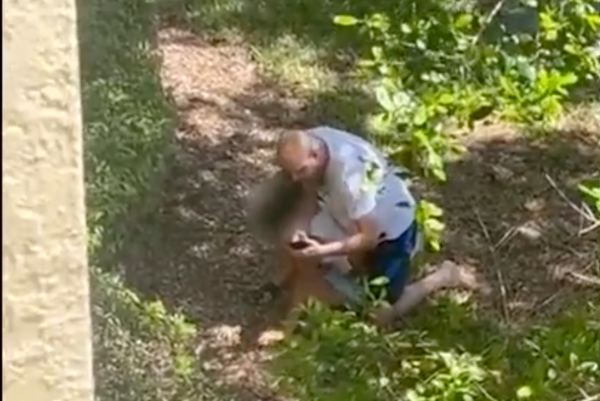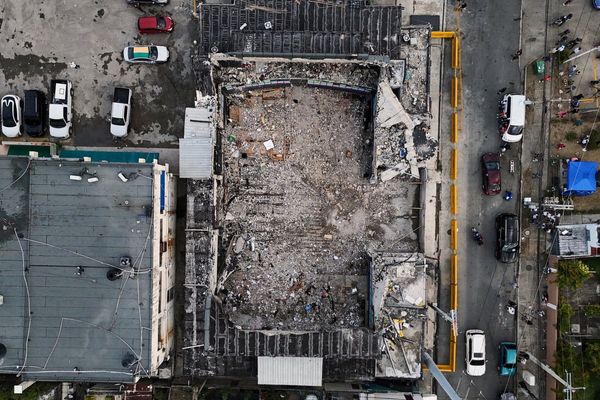
Debris balls that closed nine northern Sydney beaches last week contained faecal matter, E coli bacteria and saturated fatty acids, test results show.
The Northern Beaches council said on Tuesday it had received further analysis of balls it sent to the New South Wales Environment Protection Authority (EPA) for testing.
“In addition to the hydrocarbons identified in the preliminary test results last week, the latest results indicate the presence of saturated fatty acids, along with faecal coliforms and E coli,” the council said in a statement.
Hydrocarbons are organic chemical compounds that can be found in oil and petrol.
Manly, Dee Why, Long Reef, Queenscliff, Freshwater, North and South Curl Curl, North Steyne and North Narrabeen beaches were temporarily closed last week after the balls washed ashore.
Northern Beaches council said it understood the EPA had taken its own ball samples for analysis and would compare the results with those collected by the council.
The council said a “small number” of marble-sized balls “mixed in with pumice” had been found and cleaned up on other harbour beaches this week, including at Little Manly and West Esplanade.
The Northern Beaches mayor, Sue Heins, said she hoped “the EPA analysis will identify the source so that they can stop this from happening at other beaches”.
“We are continuing to conduct regular inspections of our beaches and encourage the community to report any sightings,” she said.
Sticky round globules have been found on many city beaches over the past six months, forcing some to close temporarily.
As Guardian Australia reported on the weekend, some experts and observers believe Sydney’s unusual sewerage system is to blame.
In October last year, thousands of black balls washed up on several eastern suburbs beaches including Bondi, Bronte, Coogee and Tamarama.
Those balls were initially widely reported to be “tar balls” comprising crude oil until testing coordinated with the EPA revealed they were consistent with human-generated waste.
The EPA said it could not identify the source.
But water policy expert Stuart Khan, who heads the school of civil engineering at the University of Sydney, said: “We know it’s a sewage source.”
Sydney’s sewage is only given “primary” treatment at wastewater plants in Bondi, Malabar and North Head before it is flushed out to sea through “deepwater outfall” pipes that reach between 2km and 4km off the coast.
Primary treatment involves physical processes such as pumping sewage through a screen to remove solid waste. Secondary treatment – not used at the Bondi, Malabar and North Head plants – involves finer filtration and biological processing to break down the sewage.
Sydney Water has said its water treatment plants are operating normally but it plans to upgrade the city’s wastewater networks over the next 10 years.







